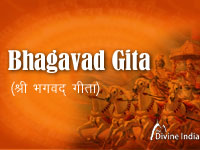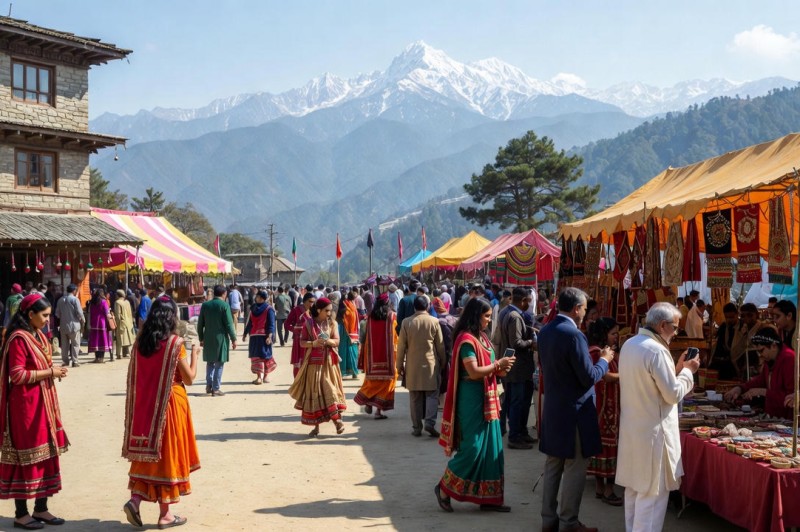

A Hindu marriage, also known as 'Vivah' or 'Shaadi', is a sacred and traditional ceremony that follows Hindu customs and rituals. It is an important event in the life of the couple and their families, as it symbolizes the union of two souls in marriage. Hindu weddings are often elaborate and colorful, filled with ancient customs and festivities, which vary among different regions and communities of Hinduism. A marriage in a Hindu family is not less than a festival.
Hindu marriage rituals, puja procedures and other religious ceremonies are an essential part of Hindu culture and traditions. Here is an overview of some of these ceremonies
Ganesha Puja: Before starting any auspicious occasion, Hindus often seek the blessings of Lord Ganesha, the remover of obstacles. A short puja is performed to invoke his presence.
Sagai (Sagai ya Mangani): The engagement ceremony involves the formal agreement and announcement of the upcoming marriage between the bride and groom. Rings or other auspicious items may be exchanged between families.
Haldi Ceremony: In this pre-wedding ritual, turmeric, oil and water are applied to cleanse and purify the bodies of the bride and groom before marriage.
Mehndi Ceremonies: In this ceremony, the bride's hands and feet are decorated with intricate henna designs, often accompanied by music and dance.
Sangeet Ceremony: Ek Khushi Ka Avasar Jahan Parivar Aur Dost come together to sing and dance in the upcoming Shadi Ke Jashn.
Var Mala (Jaimala) : The bride and groom exchange garlands of flowers as a token of acceptance and respect towards each other.
Kanyadan: The bride's parents formally give her to the groom, symbolizing their acceptance of her as their son-in-law.
Mangal Fere (Saptapadi): The couple takes seven sacred vows around the sacred fire, representing their commitment to each other and their duties as husband and wife.
Sindoor Daan: The groom puts vermilion in the middle of the bride's hair, which is a symbol of her marital status.
Mangalsutra: The groom ties a sacred thread (mangalsutra) around the bride's neck, which symbolizes her marital status and their union.
Ashirwadar: Both families are blessed with blessings.
After the wedding, a reception is usually held for the newlyweds to celebrate with family and friends.
It is important to note that Hindu wedding rituals and ceremonies can vary greatly depending on regional and cultural traditions. Different communities may have their own unique customs and practices in these ceremonies. Additionally, there are various sects and traditions within Hinduism, each with its own unique customs and practices.